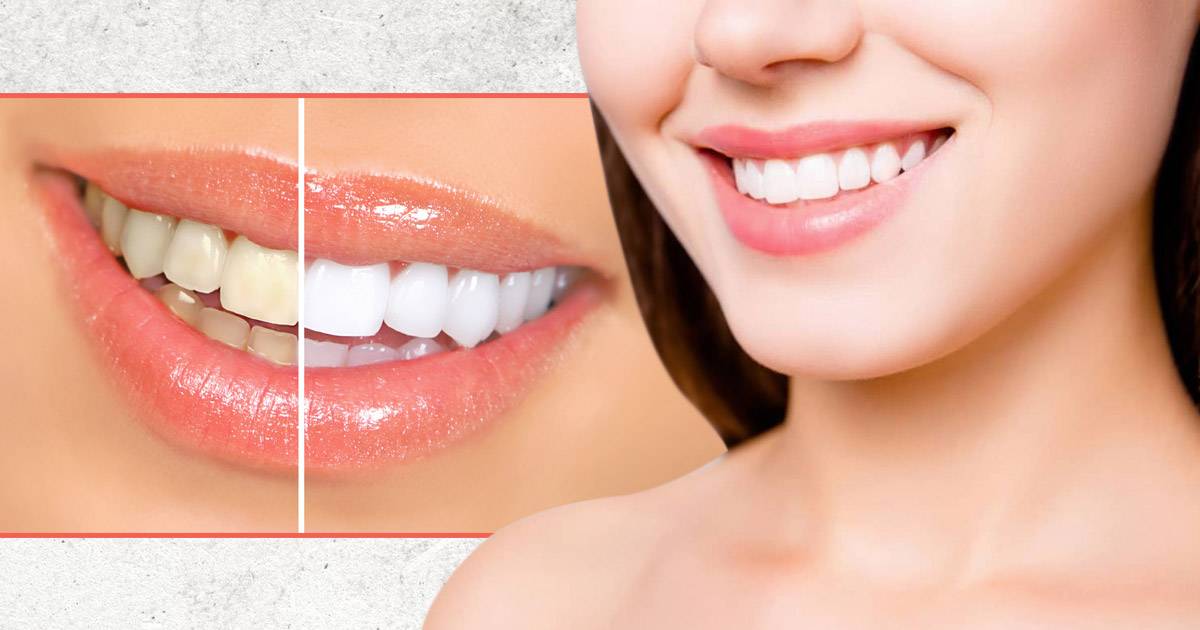Why Won’t My Teeth Whiten? The Common Reasons & Solutions

Taking care of your teeth is a key part of personal hygiene and overall health. People often judge others by the state of their teeth. A bright, healthy smile is seen as a sign of attractiveness, success, and good health. This idea is reinforced by societal norms and the media, which often portray perfect smiles as beautiful and confident. Besides looking good, keeping your teeth healthy is crucial for preventing serious health problems. For instance, a study in the Journal of Indian Society of Periodontology found a strong link between gum disease and heart conditions. So, taking care of your teeth can also help protect your heart.
But tooth care isn’t just about keeping teeth healthy. For many people, having whiter teeth is just as important. A bright smile can boost self-esteem and improve social interactions. That’s why many people are always looking for ways to get and keep their teeth white. Even with many whitening options available—from professional treatments to at-home kits—some still find it challenging to achieve the results they want.
The Perception of Yellow Teeth
People often see yellow teeth as a bad thing. They might think yellowish teeth mean poor hygiene or unhealthy habits, which can hurt self-esteem and social interactions. This view drives many to look for ways to whiten their teeth. But yellow teeth can happen for many reasons, not just because of poor hygiene. Here are some common causes:
- Aging: As we get older, the enamel on our teeth wears down, showing the naturally yellow dentin underneath.
- Diet: Eating and drinking things like coffee, tea, red wine, and certain fruits can stain teeth.
- Smoking: Tobacco use is a major cause of yellow teeth.
- Poor Oral Hygiene: Not brushing or flossing enough can lead to plaque buildup, making teeth look yellow.
- Medications: Some drugs, like tetracycline antibiotics, can cause deep stains during tooth development.
- Genetics: Some people naturally have thicker or more porous enamel, which makes their teeth more likely to yellow.
Knowing these reasons can help you set realistic goals and guide your efforts to achieve a whiter smile.
Challenges in Teeth Whitening: Why It May Not Work for Everyone
Many people try different ways to whiten their teeth, but sometimes it just doesn’t work. Here are some reasons why:
- Deep Stains: Some stains are deep inside the tooth and won’t go away with surface whitening. These can be caused by things like certain medications or injuries to the teeth.
- Dental Work: Fillings, crowns, and veneers don’t change color with whitening treatments, so they can stay a different shade than your natural teeth.
- Severe Discoloration: Very dark or deep stains might need special treatments like veneers, which are more intensive than regular whitening.
- Inconsistent Use: If you don’t use whitening products as directed, you might not see good results. Regular and proper use is key.
- Oral Health Problems: Issues like cavities, gum disease, or lots of plaque can prevent whitening from working well. These problems need to be fixed first.
- Genetics: Some people naturally have teeth that are more likely to yellow because of their genetics, such as having thinner enamel or more porous teeth.
- Diet and Habits: Constantly eating or drinking staining foods like coffee, tea, and red wine or smoking can make it hard to keep teeth white.
Effective Ways to Whiten Stubborn Teeth
If regular whitening methods aren’t working for you, there are still effective ways to get whiter teeth. Here are some of the best options:
Professional Dental Treatments
- In-Office Bleaching: Done by a dentist using strong bleaching agents, this method can give you noticeable results in just one visit.
- Laser Whitening: A special light or laser is used to speed up the bleaching process, giving faster and more dramatic results.
Take-Home Whitening Kits
- Custom-Fitted Trays: Your dentist gives you trays that fit your teeth perfectly and professional-grade bleaching gel. This offers better results than over-the-counter kits.
- Whitening Strips: These are easy to use and can be effective if you follow the instructions carefully.
Over-the-Counter Products
- Whitening Toothpaste: Contains mild abrasives and chemicals that help remove surface stains over time. It’s good for maintaining whiteness after other treatments.
- Whitening Rinses: These rinses have hydrogen peroxide, which can help reduce surface stains when used regularly.
Lifestyle Changes
- Diet Adjustments: Cutting down on staining foods and drinks like coffee, tea, and red wine can prevent further discoloration.
- Quit Smoking: Smoking causes yellow teeth. Quitting can help stop more stains from forming.
Veneers and Bonding
- Porcelain Veneers: Thin shells of porcelain are attached to the front of your teeth, making them look white permanently. This is great for severe discoloration.
- Composite Bonding: A tooth-colored resin is applied to your teeth and hardened with a special light. It can cover up stains and improve your smile.
Regular Dental Cleanings
- Professional Cleanings: Regular visits to the dentist for cleaning can remove plaque and tartar, which cause discoloration.
If you have not had success with standard whitening treatments, you can still find the best way to get a whiter smile by trying these methods.
Embrace Healthy Teeth Over Whiteness
Remember, having yellowish teeth isn’t as bad as it seems if your teeth are healthy. Many factors can influence the natural color of your teeth, including genetics and age. What’s most important is maintaining good oral health by brushing twice a day, flossing daily, and visiting the dentist regularly for check-ups and cleanings.
Healthy teeth mean you can chew your food properly, speak clearly, and smile confidently. They are less likely to cause pain or require expensive treatments. So, even if your teeth aren’t as white as you’d like, focus on keeping them strong and healthy. A bright, confident smile comes from knowing your teeth are well-cared for, no matter their color.
